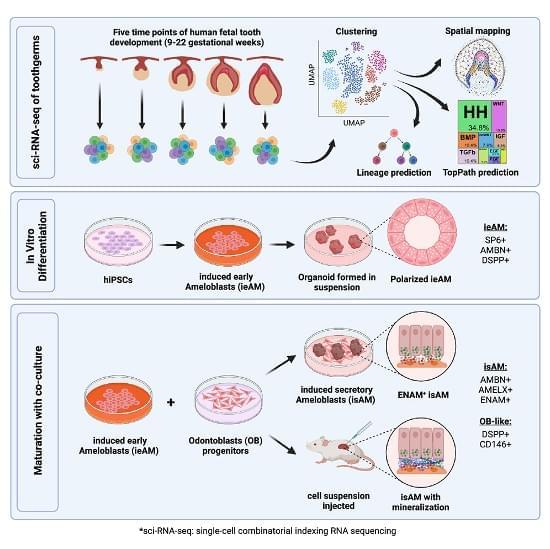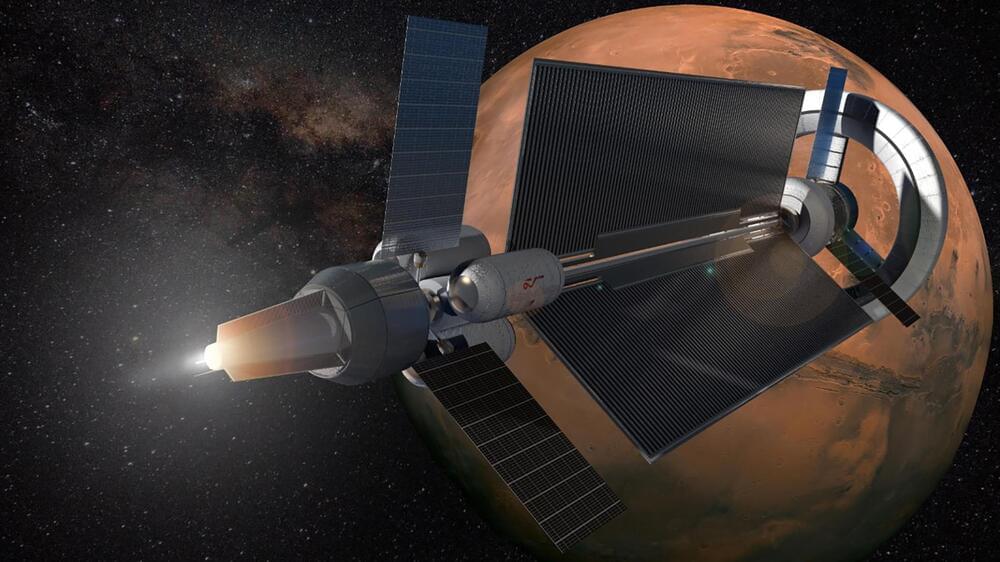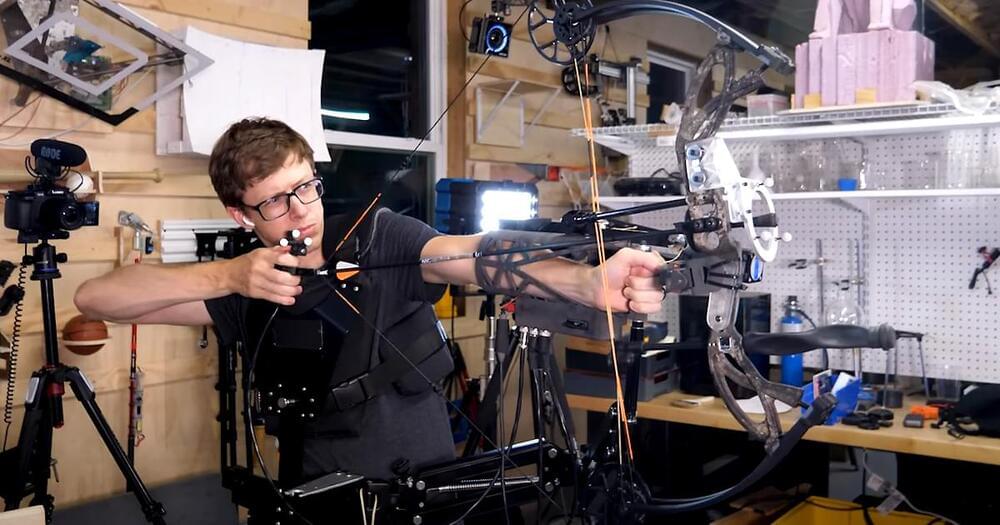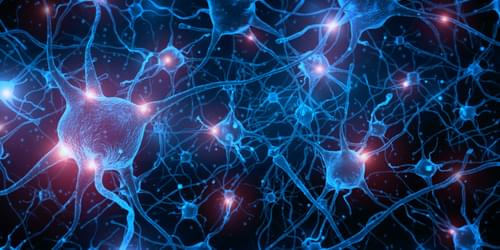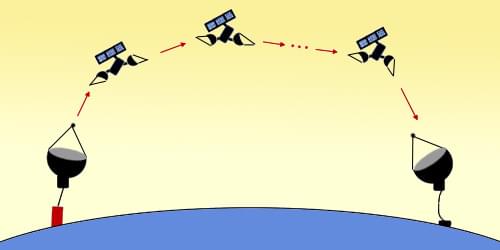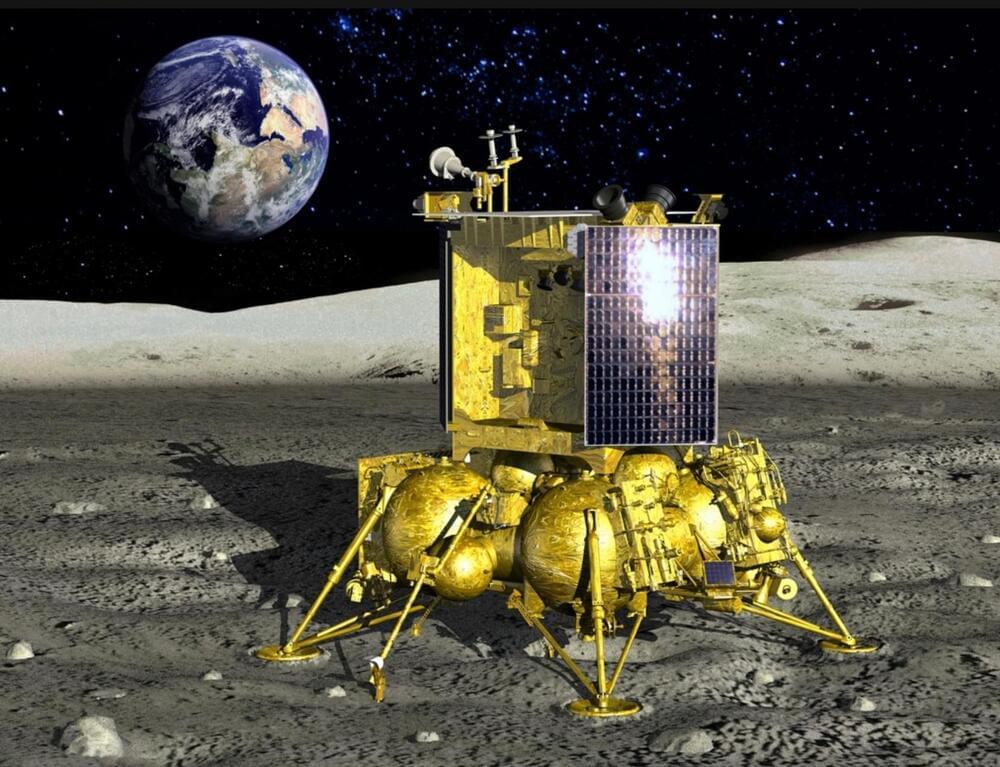Aug 20, 2023
If We Could Continue to Generate Enamel We Would Never Have Cavities
Posted by 21st Century Tech Blog in categories: biotech/medical, business
One way to put dentists out of the drilling and filling business is to find a way to re-establish and stimulate something our bodies do when our teeth first form. Stem cell researchers at the University of Washington in Seattle may have figured out a potential treatment to repair damaged teeth and regenerate those we lose.
Hai Zhang, a professor of restorative dentistry at the University, along with several colleagues has found a way to generate ameloblasts. What are they? Ameloblasts are one of two cells that exist in human embryos responsible for the formation of our teeth. The other cells are called odontoblasts—the former secrete enamel, the latter dentin.
The process of tooth development is called odontogenesis. The two cells mentioned above are critical to tooth formation. Enamel keeps our teeth surfaces hard and strong throughout our lifetimes. Mineralization of teeth begins early in embryonic development. Dentin precedes enamel production, both critical to giving us a healthy set of choppers.
